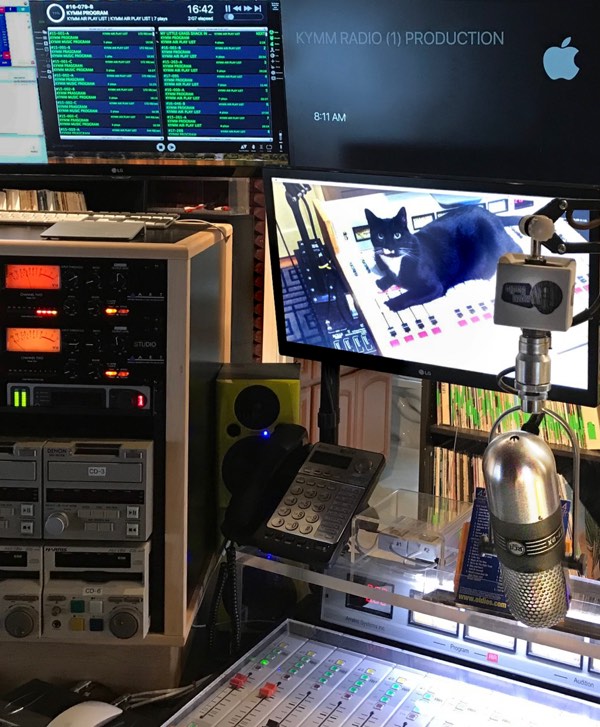
If the network is not stable, remote control will be impossible. Of course, there are challenges with remote production, such as ensuring good connectivity.Ībout 99% of remote productions are based on IP technology. For instance, small cameras and transmitters are frequently used in tight spaces, such as the inside of a racing car or a racing boat, allowing viewers to get up close with the action. These camera setups are easy to control remotely and give viewers an immersive view of the venue, covering every angle of the field. Thanks to these new production setups, broadcasters can provide better sports coverage.

Indeed, more and more cameras are now based on IP technology, including PoV and PTZ or embedded cameras connected to 5G transmitters. Beyond reducing the number of people needed onsite and reducing the cost, it also helps to produce more content for tier 2 and tier 3 sports and improves the live production of tier 1 sports by using more cameras within the venue. One of the biggest reasons broadcasters are implementing remote production workflows for live sports is because it drastically simplifies the production workflow compared with an on-site studio or outside broadcast truck. Examining the Benefits and Challenges of Live Sports Remote Production Live remote production not only increases operational efficiency and cost savings for broadcasters, it also enables them to unlock the production quality and to invest in and produce more content. This trend is expected to continue in the future. Today, a majority of live sports events is remotely produced in some capacity. Almost half of those surveyed (46%) indicated that REMI/at-home technology is one of the most important trends for their organization in the future. A recent industry report found that when covering live events, broadcasters are increasingly turning to remote production, with 39% of those surveyed already employing remote production or remote integration model (REMI) workflows. Live remote production increased, especially for sports events. Soundforge - Audio recording/editing softwareĮquipment and space available for small open mic type events and remote live broadcasts.When the COVID-19 global health crisis hit, the broadcast industry quickly adapted. What equipment is available in this space? Must be trained as a WDCV DJ or Exec Board member. Tyler Garrett - Technical Production SpecialistĬontact is the process students/staff must go through to use this space? HUB Basement (Past Microroom, down hall by Dance Studio)ĭepartment/Organization that oversees facilityįaculty/Staff/Student coordinator(s) of facility We are Carlisle’s only non-profit radio station. We broadcast cultural, educational, informational and other programs and materials for the entertainment and profit of the public, and for the education and training of our staff. The principal purpose of WDCV-FM is to provide a forum for overlooked, suppressed or under-represented voices and music.

As an educational, non-profit station, WDCV-FM is operated on a volunteer basis by undergraduate students at Dickinson College and members of the Carlisle community.
#Megaseg remote broadcast full#
We broadcast a full spectrum of musical genres. More recently, WDCV began webcasting at and streaming over on mobile devices via Stretch Internet. The station increased its transmitter power to 250 watts and began stereo broadcasting in 1983. WDCV expanded to a 10-watt FM service in 1973, and began broadcasting 18 hours a day at 88.3 Mhz. The station started in 1959 as an AM operation at 640 Khz, with broadcasts confined to the Dickinson campus. For over 50 years, WDCV has been the voice of Dickinson College.


 0 kommentar(er)
0 kommentar(er)
